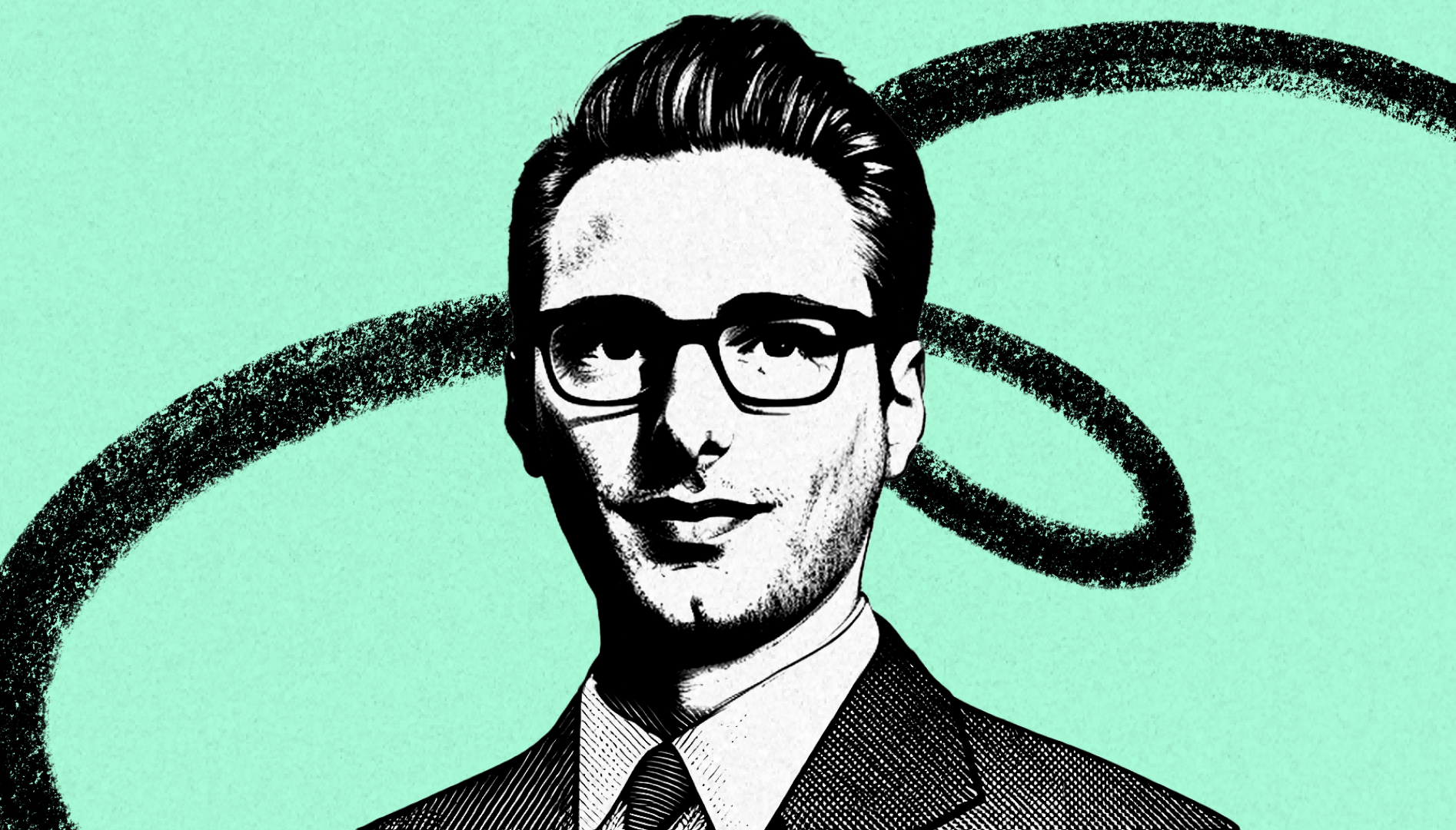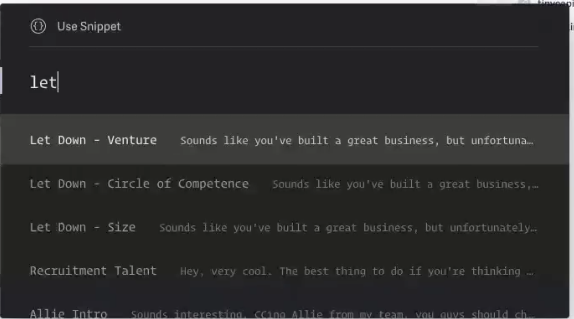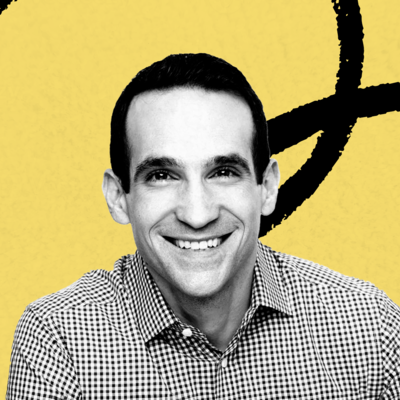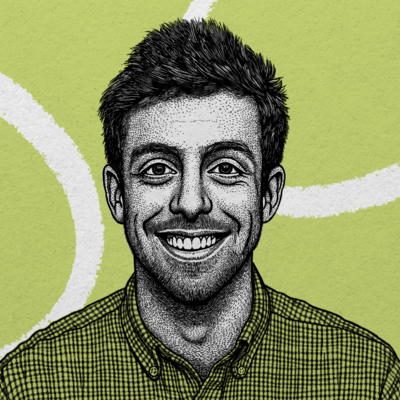
In the 1975 classic 50 Ways to Leave Your Lover Paul Simon croons:
The problem is all inside your head, she said to me
The answer is easy if you take it logically
I'd like to help you in your struggle to be free
There must be fifty ways to leave your lover
For Paul Simon there might be fifty ways to leave your lover, but, for Andrew Wilkinson, there are 50 ways to say no to meetings he doesn’t want to take.
I know, because I’ve seen his templates. He calls them “Let Downs” and he has one for every occasion:
- When a person doesn’t fit into his circle of competence.
- When a person’s business isn’t large enough.
- When a person is trying to build a venture scale business.
And those are just the most common ones.
Andrew is a partner at Tiny where he starts, buys, and invests in internet businesses. Over the last few years he’s built it into a thriving collection of companies — over 30 with about 600 employees collectively.
What Andrew has built is fascinating because he’s turned himself into a people router. He takes people who arrive in his inbox, and gets to decide where in the Tiny machine to put them. If he does that job well the machine will grow — like magic.
His job is to turn people into opportunities.
But here’s the conflict: even though his job is all about people, he doesn’t like to be on phone with them too often. He only likes to do 2-3 meetings a day — which is surprisingly few for a guy with 600 employees.
That’s where the templates with a hundred different polite ways to say, “No” come from.
But this habit of saying no spreads beyond his inbox. He’s really set up his whole life by saying no. He’s said no to venture capital, he’s said no to living in Silicon Valley, and at his company he’s used delegation to say no to anything that will require him to do work that he doesn’t want to do.
In short, he’s said no to anything that doesn’t fit into his vision of success — and it’s working pretty well.
He’s the CEO of No. Which seems to leave a lot of room for the life he’s said yes to.
So, hop on the bus, Gus — let’s see how he does it.
Andrew introduces himself
For the last few years, I’ve been a partner in Tiny. We buy mostly bootstrapped and profitable internet businesses from their founders. We’re committed to holding them for the long term, maintaining their culture, and growing them sustainably.
We’re up to almost thirty businesses, and somewhere around 600 employees.
I get to wake up every morning and not have too much of a day job other than buying new businesses and talking to our CEOs — so that’s pretty cool.
I try to optimize for happiness
I’m not one of these ‘change-the-world’ entrepreneurs. I really try to keep my goals much more humble, and here's why.
For the ten years that I ran my agency MetaLab, I had the chance to get really up-close and personal with a lot of founders. I had a front-row seat for all of their successes and failures.
What did I see? Most of them were miserable. They weren’t optimizing for happiness. They weren’t enjoying their lives. They weren’t sleeping. Their marriages were suffering.
It really made me question whether I would be willing to sacrifice my home life — be a bad dad, get sick all the time, lose my marriage or my health — just to achieve something ‘huge’.
Obviously, there are incredible innovators out there, people like Elon Musk and Steve Jobs. But my view is that, at the end of the day, if I don't do the amazing paradigm-shifting things — someone else will. That's just how ideas work.
So I don't worry too much about being innovative.
What I do instead is try to structure my life around how to make myself happy, and how to make my family happy.
Now that I have enough to do that, I get to ask how I can make my employees happy, and make my community happy. That means continuing to grow the organization, because that lets us promote people and pay them more.
Ultimately, building more freedom means we can really build up a wall between ourselves and the things we don't like doing.
I’m a human router
In my job at Tiny, I’m really just a router to get opportunities to the right place. That means people come in to my life through email, and it’s my job to figure out where they fit (or if they fit.) It’s all about the power of connecting people.
My role in the business at this point is to continue to meet people and represent our brand in public, on Twitter, and through my writing. That means opportunities come in, and we have a whole machine to process them.
Those opportunities can come in the form of a client who wants to work with one of our services businesses, or it can be a business that wants to sell to us, or an executive who wants to work with us.
Seeing so many opportunities comes from how I spent the early part of my career.
The first few years of my career, I was a relentless, never-eat-alone networker. When I traveled, I made sure to go for lunch and coffee with as many interesting people as I could. I reached out to tons of people on Twitter, too.
I really enjoyed doing this. It’s partly because I’m extroverted, but I guess I’m a collector of interesting people and interesting ideas. This allowed me to get exposure to a lot of both.
For me, networking was never about asking people for anything — I was fortunate enough to have these independent, profitable businesses, so I wasn’t ever raising money, and I never needed favors. I just built friendships with people at the same time as I was building a reputation.
I built a really good Rolodex — to the point where now, if someone is looking to connect with a person at a particular company, I almost always know someone there, or how I can get in touch with them.
Email is my inbox for everything
Almost everything I do in a workday — all that routing I’m talking about — happens via email. You know, I’m on a Mac Pro right now, with the 30-inch screen, and I have no right to have this computer because at the end of the day, it’s just Superhuman and my calendar that I use for work — that's it.
Financial statements and analytics, communication with our CEOs, all of our deals and M&A — it all flies through my inbox.
My system is incredibly simple. I don’t have a to-do list, other than my inbox. The way I handle my inbox has changed a lot over the years, but I’ve settled on Superhuman.
The Only Subscription
You Need to
Stay at the
Edge of AI
The essential toolkit for those shaping the future
"This might be the best value you
can get from an AI subscription."
- Jay S.
Join 100,000+ leaders, builders, and innovators

Email address
Already have an account? Sign in
What is included in a subscription?
Daily insights from AI pioneers + early access to powerful AI tools











Comments
Don't have an account? Sign up!
This is one of the best CEO life lessons I have ever read. I keep coming back at it in the last weeks, and today I decided to scroll down to the comments. To my surprise, there was none - but I immediately grasped why. It's so much to learn here that you always finish like it was the first time you read it. Thank you very much for this one.